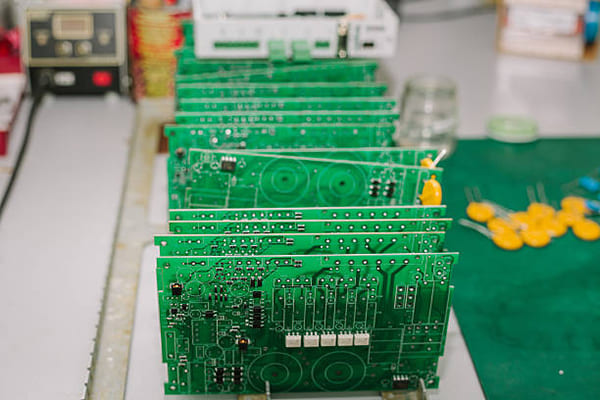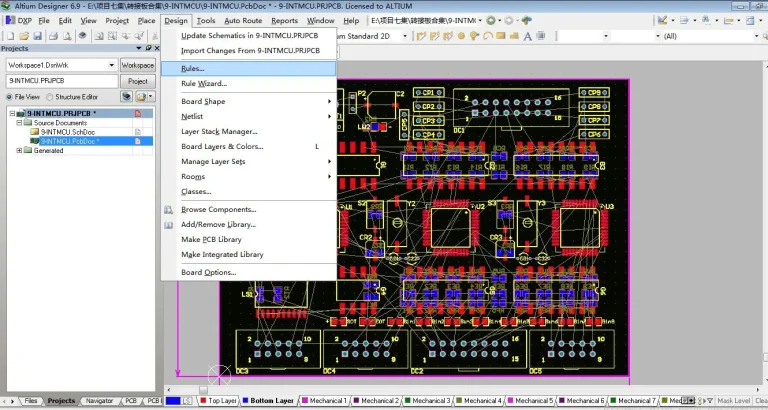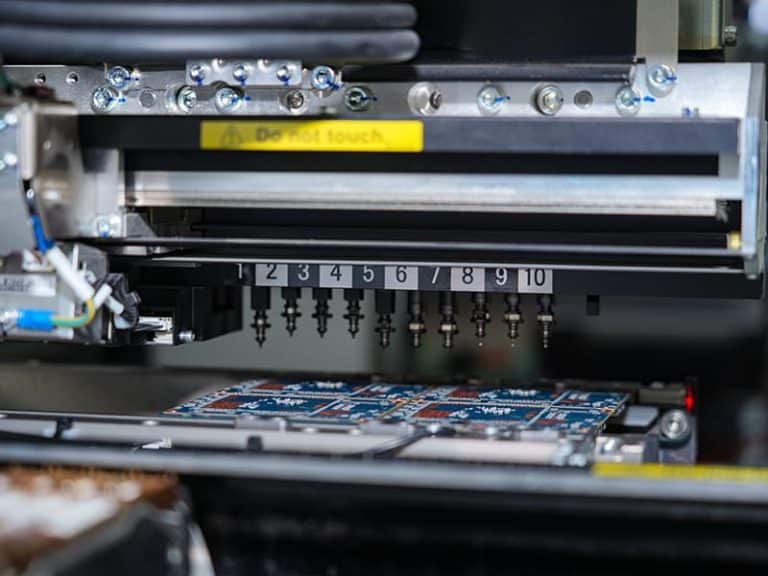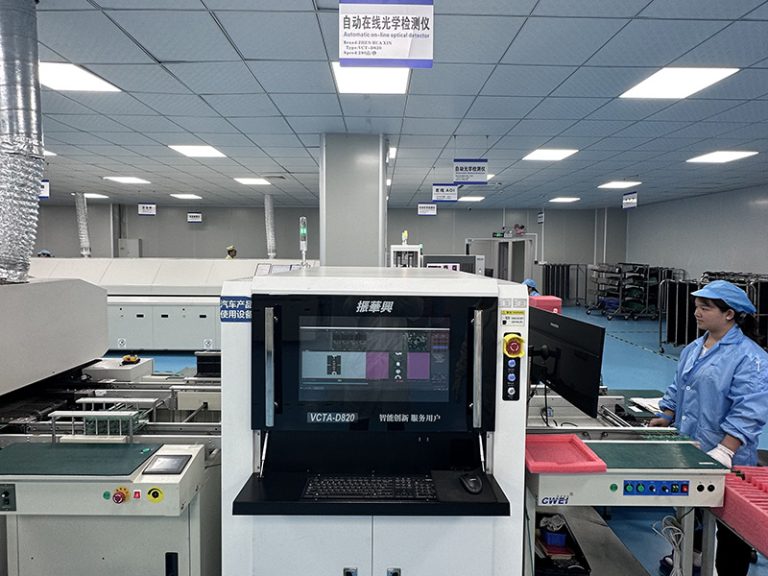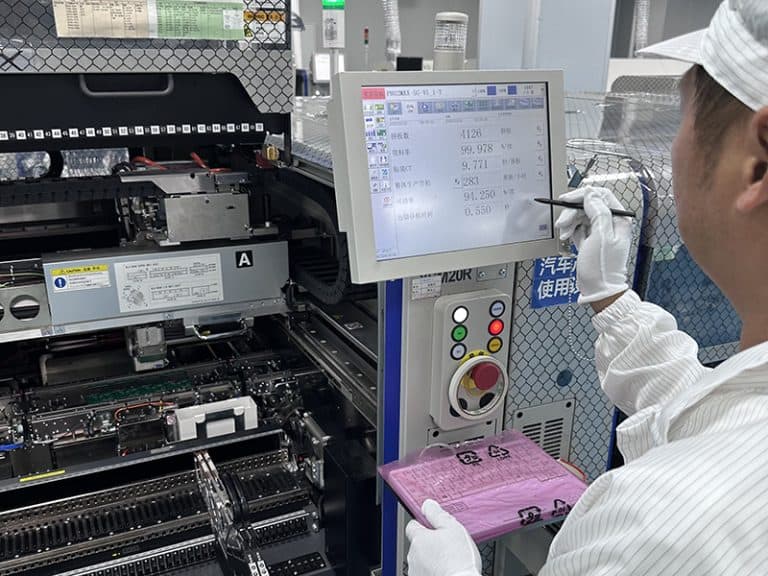Copper-clad boards (CCBs) play a vital role in the complex world of modern electronics, frequently going unnoticed but essential to countless devices’ operation. These boards are required for the production of printed circuit boards (PCBs). They serve as the foundation for electronic circuits, ensuring dependability, performance, and innovation across various sectors.
This article discusses their importance, types, and the precise manufacturing process that drives their production.
Table of Contents.
ToggleThe Significance of Copper Clad Boards
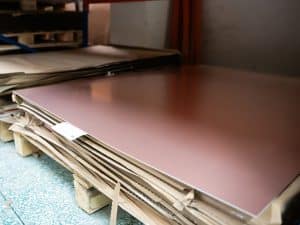
Copper-clad boards are important components in electronic devices because they act as the substrate for electronic circuits. They are made up of a non-conductive base material coated in conductive copper. This combination enables the effective transmission of electrical signals making them indispensable in PCB production.
Applications Across Industries
CCBs are versatile and can be used in a variety of applications.
- Consumer Electronics: CCBs are essential for internal circuitry in devices like cellphones, tablets, and laptops, ensuring efficient and reliable operation.
- Automotive Industry: Modern vehicles, with their engine control units and infotainment systems, rely on the durability and performance of CCBs.
- Industrial Equipment: In manufacturing and automation, CCBs provide reliable solutions for control systems and machinery.
- Medical Devices: The precision in diagnostic devices and patient monitoring is achieved through the reliable performance of CCBs.
- Aerospace and Defense: High-performance electronics in aircraft, satellites, and defense systems meet strict standards due to the dependable operation of CCBs.
Types of Copper Clad Boards
CCBs come in various types, all designed for specific purposes and requirements:
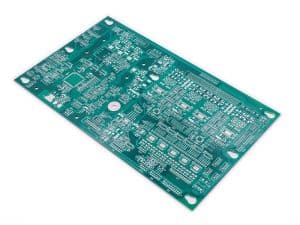
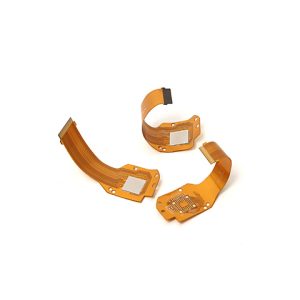
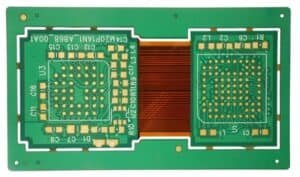
- Rigid CCB: These are constructed from solid substrates such as FR-4, a glass-reinforced epoxy laminate. They are commonly utilized in conventional PCBs because of their mechanical strength and thermal stability.
- Flexible CCB: Made from flexible materials like polyimide, these boards are ideal for applications that demand bending and flexibility, such as wearable electronics and flexible displays.
- Rigid-Flex CCB: These hybrid solutions combine the qualities of stiff and flexible boards and are utilized in complicated designs requiring rigidity and flexibility, such as cell phones and aerospace equipment.
The Manufacturing Process
To ensure precision and quality, many key processes must be taken while producing CCBs:
- Design and Layout: The procedure begins with designing the circuit using PCB design software. The design is then transferred to the copper-clad board.
- Printing and Etching: The design is printed on the board, and then undesirable copper is removed using a chemical etching procedure, resulting in the desired circuit pattern.
- Drilling and plating: Holes are drilled into the board to accommodate components, and extra copper is plated over the holes to ensure good electrical connections.
- Solder Mask Application: A protective solder mask prevents short circuits and solder bridging during assembly.
- Silkscreening and testing: Text and symbols are written on the board for component identification and rigorous testing is conducted to verify the board’s functionality and reliability.
Conclusion
At LHD Tech, we are committed to manufacturing high-quality Copper-clad boards in the market. Their numerous applications, ranging from consumer electronics to aerospace, demonstrate their versatility and relevance.
We welcome you to visit LHD Tech or give us a call as our team is ready to assist all our customers and partners professionally.



